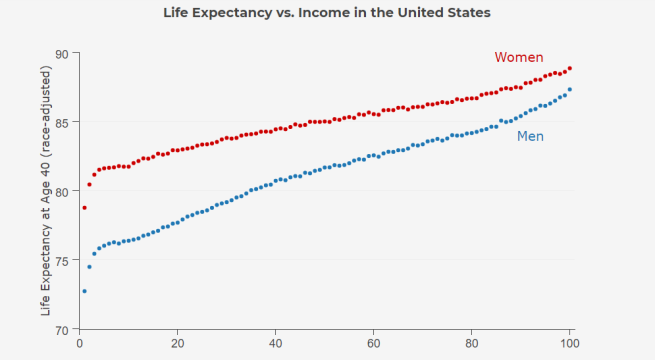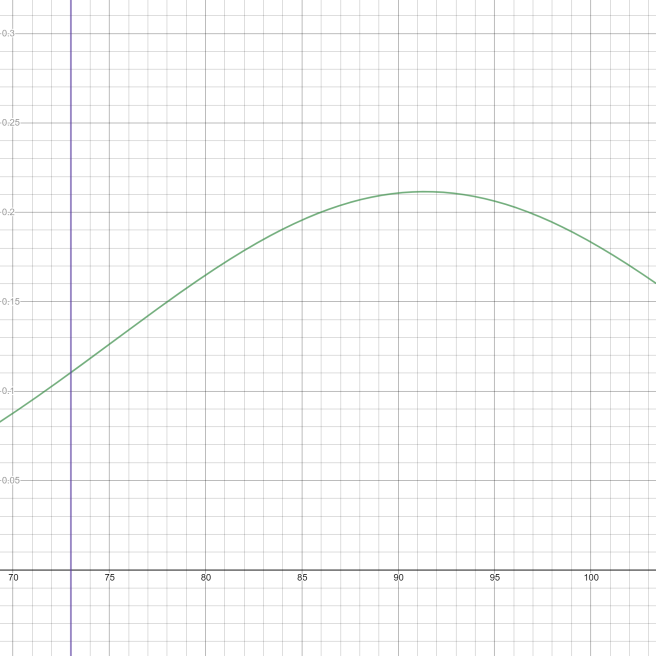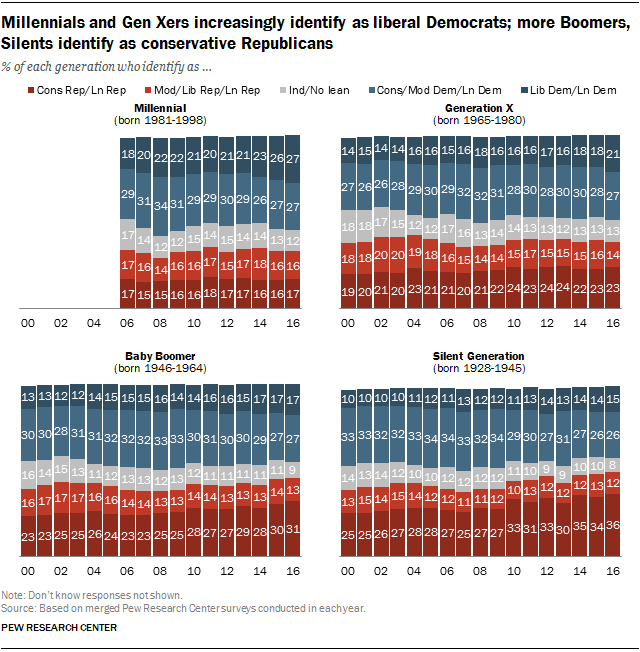The Hidden Logic in a Much Maligned System
Well, Germany appears to have come for America:

Dunking on the Imperial—more properly, US Costumary Unit—systems is easy and popular around the world. And yes, to outsiders, it does seem absolutely nonsensical. But it does have a lot of practicality baked in. No, come back! hear me out!
Distances
Of all the advantages of metric, the clearest to my mind is truly in distance. 5280 meters is 5.28 kilometers. The ease of conversion is indisputable and very clearly in metric’s favor. In each of the head-to-head comparisons, there is no great advantage to choosing one over the other. I slightly prefer kilometers for exercise like biking and running, but that’s because I can bike more kilometers than I can miles, not for any good reason. But the units divide well enough—even if the decimeter, dekameter, and hectometer are tragically underused in metric countries.
However, metric is impractical in one respect: it does not divide distances by thirds very well. A third of a kilometer is 333.33333333… meters while a third of a mile is 1760 feet. Dividing miles into thirds is not especially routine, but a third of a kilometer is not nearly as easily measured. This problem is much more practical at the smaller intervals; a third of a yard is a foot and a third of a foot is 4 inches.
If you’ve ever folded a letter, you know that folding into thirds is a relatively straightforward process. For yards and feet, where folding is commonplace, divisibility by 2 and 3 are strong virtues. Even if you cannot fold, say, a piece of wood, you can fold a string, mark it, and lay it out. On those fronts, Imperial is plainly superior. The 36 inches in a yard conversion allows for those 36 divisions to be found through four careful folds. While metric requires only 2 folds, folding by 5 is much harder.
Volumes
After waxing poetic about the virtues of thirds, it might seem like I am inclined to bash the Imperial volume system. After all, it is a mess of powers of 2; in the US customary units there are almost no other derivations and nearly every unit is some power of 2 in proportion to another.
What is the advantage of this? To find half of a volume of liquid you merely need to divide it between two identical containers so the heights are the same. As long as you can get reasonably similar sized containers, everyone at a transaction can be confident that they are looking at half. It is theoretically possible to do the same with fifths, as 10ths will ultimately demand, but you will give yourself a nosebleed trying.
The fluid once is twice the tablespoon. The gill (more commonly half cup) is 4 fl ounces, the cup is 8. A pint is 2 cups, and the quart is 2 pints. A gallon is 4 quarts. The only wrinkle in this whole system is the teaspoon, which is a third of a tablespoon.
It is worth also conceding the Imperial fluid ounce is 1/20 of a pint and is therefore silly. Americans were correct to rebel and establish a better system.
Weights
I will not belabor the point here as it follows volume fairly closely, but weights make a lot of sense as well. On a weighted scale, dividing by 10 is no easy task. But dividing by 2 is straightforward enough; just put equal amounts on either side. Therefore, the ounces system–16 to a pound–and the dracham—16 to an ounce—allows for many divisions of 2. The higher weights, e.g., the hundred-pound and long and short ton, are less reliant on this logic, though accurately weighing 100 lbs or 2000 lbs of anything in a pre-industrial society is relatively difficult, which probably explains the breakdown in the logic here.
Temperatures
Fans of the metric system love to tell me the virtues of the temperature system. After all, they tell me, zero-as-freezing makes perfect sense. I grant this. It is metric temperature’s only virtue for daily use. Yes, I said only.
But, I hear you say, what about 100 as boiling?
When was the last time you needed to know the boiling point of water for non-scientific use? On my electric kettle, water boils at the same temperature it shuts off; it could be e2.8*τ for all I care. Virtually every temperature you bake at is above boiling by a fair margin and knowing that fact is useless to the process anyway. Most other culinary applications—like candy making—rely on temperatures that are essentially arbitrary in either system.
What you do use temperature for everyday is weather. I’ll grant Fahrenheit picked atrocious 0 and 100 points for his system, but he did luck into an excellent range. Choosing 0 through the process of mixing salt and ice water—again, stupid—had the effect of making 0 an exceptionally cold day in the temperate world. His choice of 100 was more arbitrary, but by sheer dumb luck he found the upper range of temperature in the temperate world. (And, indeed, even the tropics don’t routinely soar above that point, though the deserts do.)
The practical effect of this is that Fahrenheit is really good for describing weather. I have grown used to milliliters and kilometers, but Celsius just doesn’t work as well. I have taken those who have grown up with Celsius through the conversions pointing out that every 10 degrees you change your clothes and they have been immediately sold. If I say it is going to be in the 20s today in Fahrenheit, you know you need a winter coat with gloves and a hat on hand. The 20s in Celsius is everything from a nice spring day to full-on beach weather.
For daily use, Fahrenheit is truly superior.
Conclusion
To be honest, I’m actually for the US converting to metric, and believe we should have done so with the rest of the world. In an age of globalization and easily produced scientific instruments, the idiosyncrasies of the Imperial system are not worth preserving overall. But I do want it to get a proper send-off as a truly remarkable system for measurement that comes from an age of barter. Base 10 is clunky for everyday use and metric commits us to a system that requires official instruments.
And I think I’ve made the case for keeping Fahrenheit for weather—if I can learn the two systems, people can handle boiling water at 100 and also battling heat waves at 100.
But otherwise, this is a eulogy. It was quirky. It was practical. It was superseded by modern manufacturing. The US has clung to it for far too long. The time has come to wish it goodbye.





